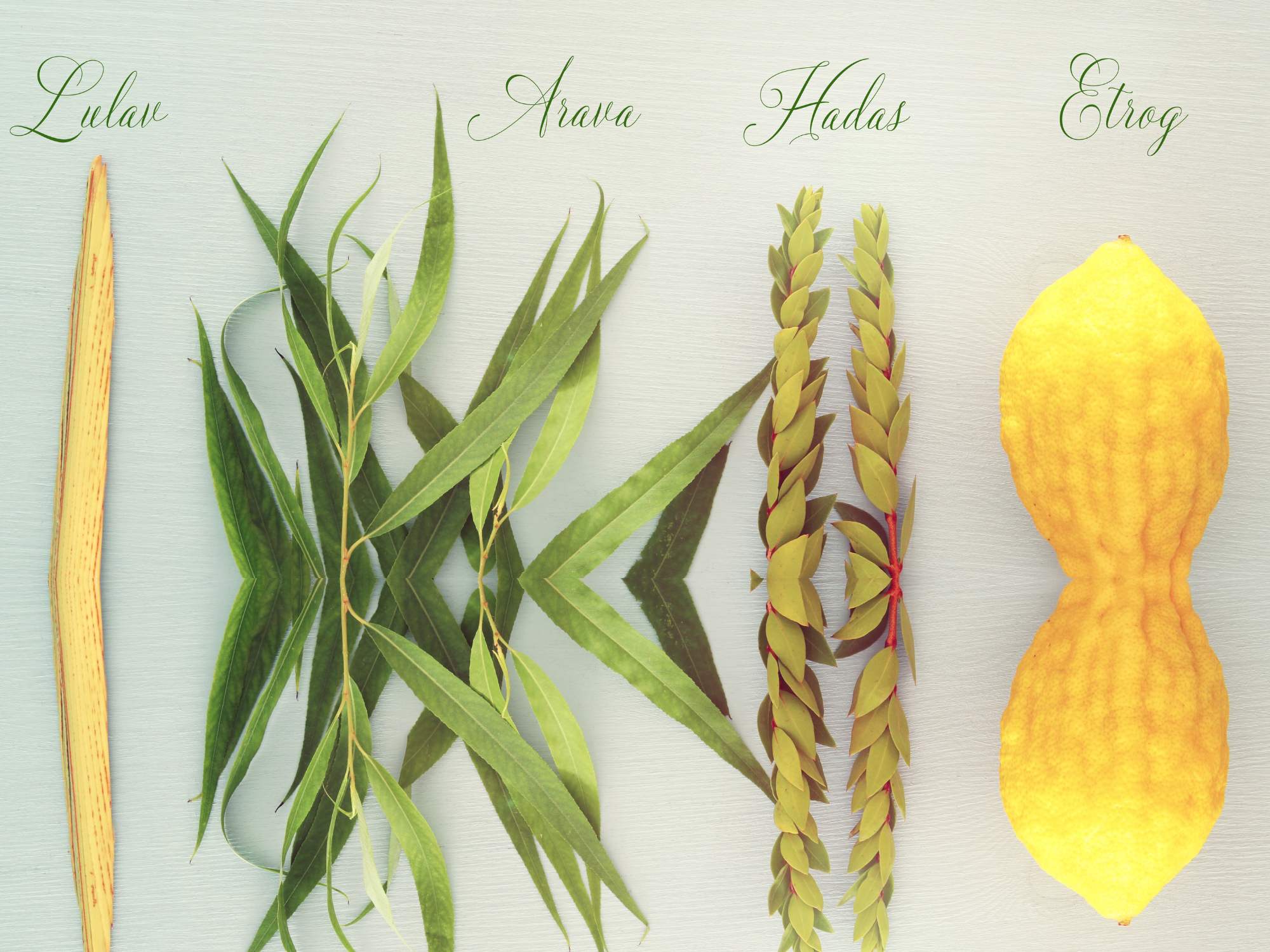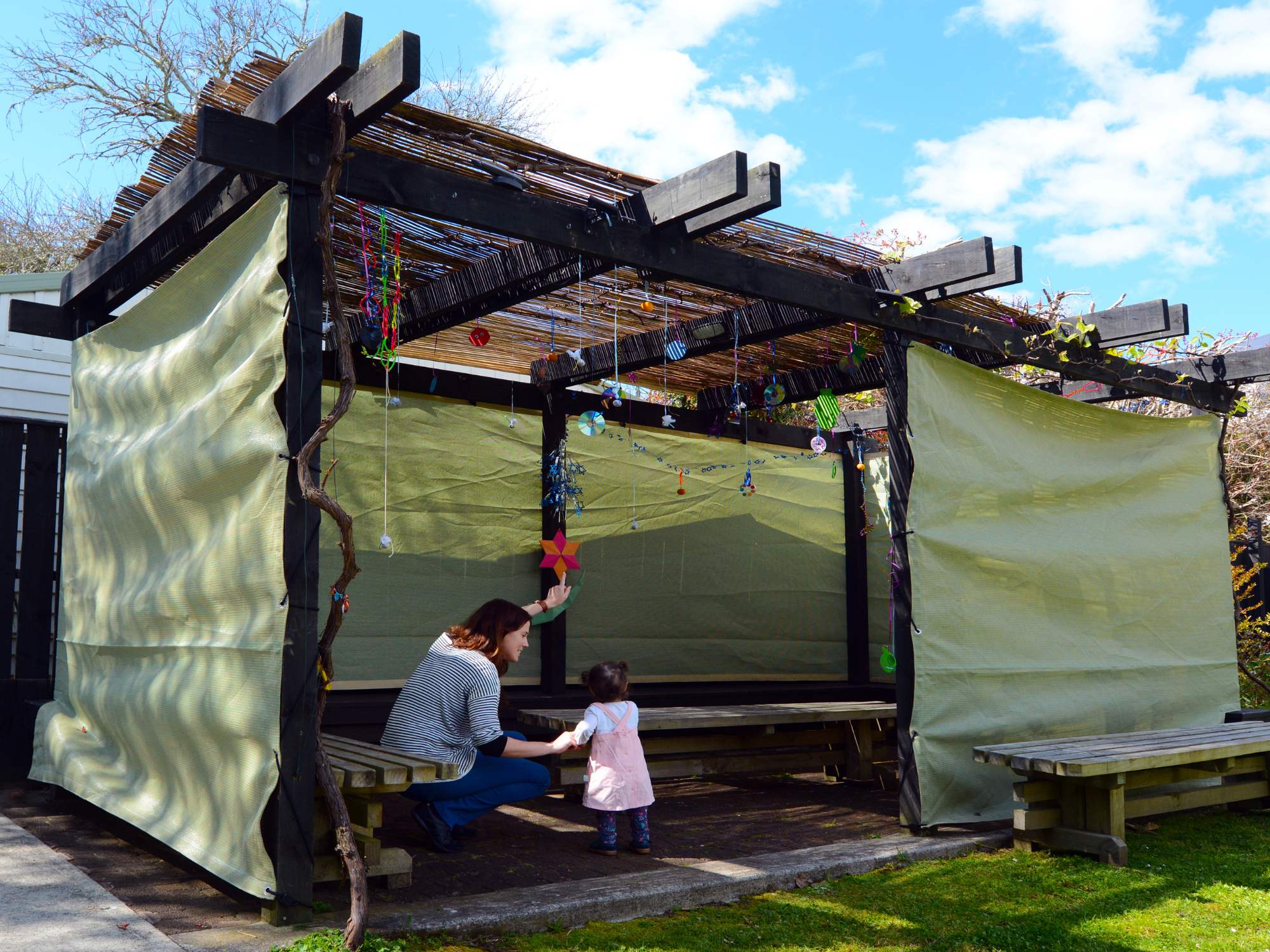
Sukkot's Fantastic Four: Unveiling the Fascinating Four Species

Exploring the Symbols and Secrets of Sukkot's Unique Quartet
The Jewish festival of Sukkot is like no other. It's a time of joy, gratitude, and unity, marked by a distinctive tradition known as the "Four Species." These four remarkable plants, waved during Sukkot, hold secrets, stories, and symbolism that add depth and fascination to this festive holiday. Join us on a journey to uncover the captivating world of the Four Species.
Meet the Four Species
The cast of characters includes:
1. Lulav (לוּלָב): A palm branch with three attached myrtle branches on one side and two willow branches on the other.
2. Etrog (אֶתְרוֹג): A bright yellow citron fruit with a unique, bumpy appearance.
3. Hadas (הֲדַס): Myrtle branches with an enchanting fragrance.
4. Aravah (עֲרָבָה): Willow branches, known for their long, slender leaves.
**The Lively Dance of the Four Species**
During Sukkot, it's customary to hold the Four Species together and wave them in all directions—north, south, east, and west—symbolizing the presence of God everywhere. This ritual, known as "Naḥilat Lulav," is a joyous expression of unity, and it's accompanied by special blessings.
Symbolism and Unity
Each of the Four Species carries its own symbolism:
- The Lulav represents the spine, signifying our willingness to bend and change.
- The Etrog is said to symbolize the heart, representing our intentions.
- The Hadas represents the eyes, emphasizing our focus on spirituality.
- The Aravah represents the lips, reminding us to speak kind words.
Together, they form a powerful message of unity, encouraging us to come together as one people, regardless of our individual differences.
Historical Significance
The tradition of the Four Species dates back to the time of the Holy Temple in Jerusalem. During Sukkot, pilgrims would bring offerings to the Temple, including these plants. Today, even in the absence of the Temple, we continue to honor this ancient practice.
A Connection to Nature
Sukkot occurs in the fall, a season of harvest and change. The Four Species, taken from the natural world, connect us to the rhythms of nature and the agricultural roots of our heritage.
A Call to Reflection
As we wave the Four Species, we're called to reflect on the past year, our actions, and our intentions for the future. It's a time to express gratitude for the harvest, seek unity among our communities, and reaffirm our commitment to kindness and ethical living.
A Dance of Diversity and Unity
The Four Species of Sukkot take us on a vibrant journey of symbolism, history, and unity. As we hold them and dance during this festive holiday, we celebrate not only our Jewish heritage but also the rich tapestry of life itself. So, the next time you see the Lulav and Etrog, remember the stories they tell and the unity they inspire. Happy Sukkot!


